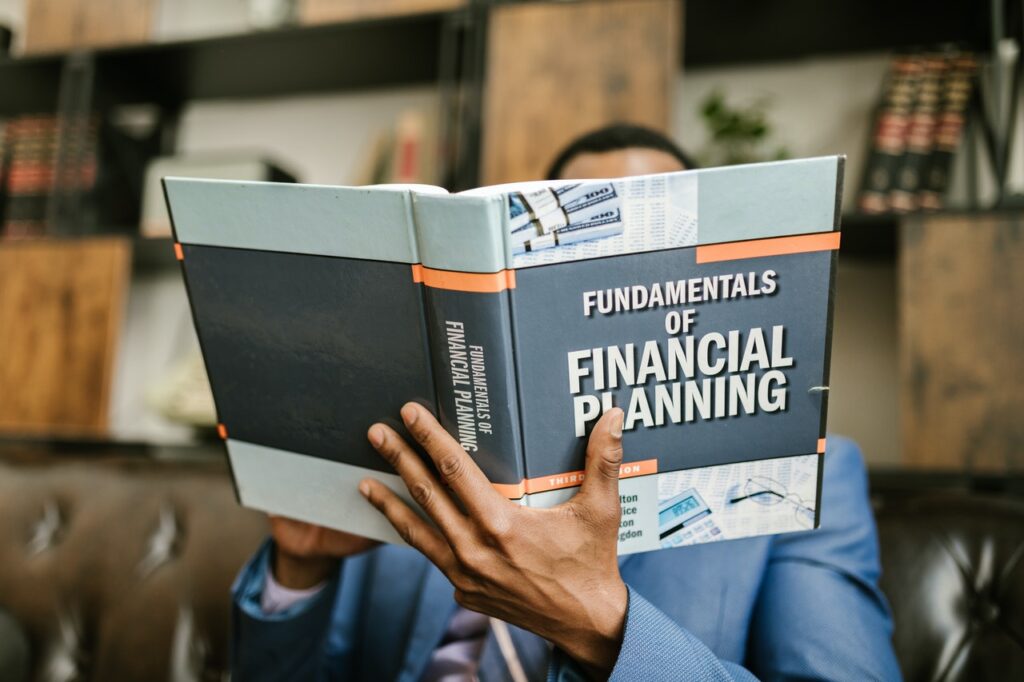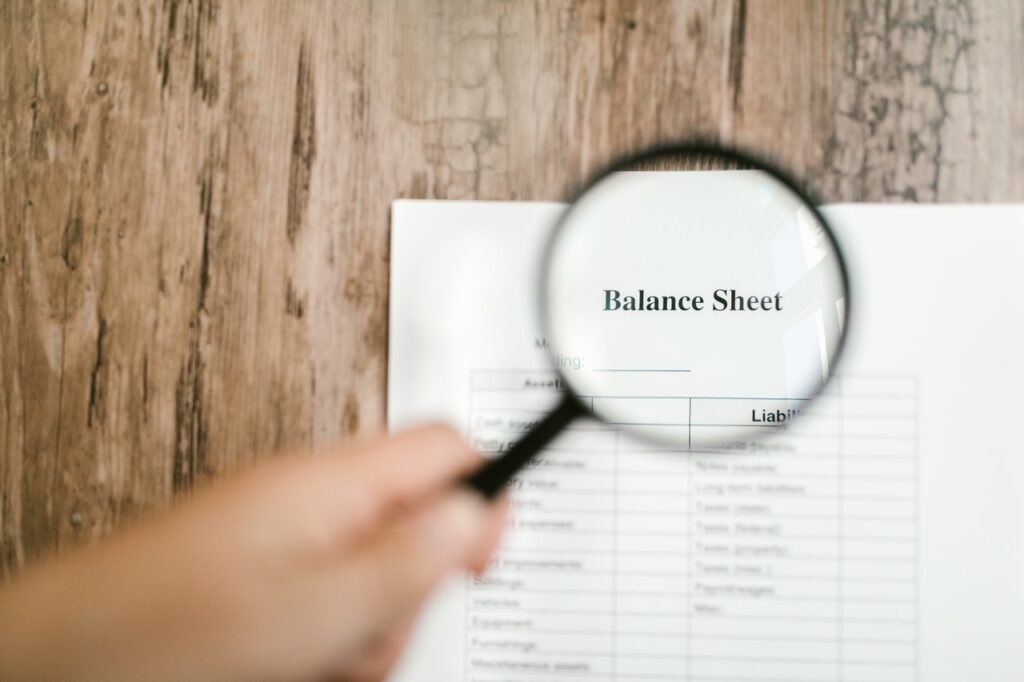 Enhancing your home’s aesthetic and functionality doesn’t necessarily require a grand budget. With smart choices, a bit of elbow grease, and creative thinking, you can significantly upgrade your home without substantial financial investment. This guide offers 12 practical and budget-friendly tips for homeowners looking to make impactful yet affordable upgrades. From DIY renovations to simple decor refreshes, these strategies are tailored to help you maximize style and comfort while minimizing costs.
Enhancing your home’s aesthetic and functionality doesn’t necessarily require a grand budget. With smart choices, a bit of elbow grease, and creative thinking, you can significantly upgrade your home without substantial financial investment. This guide offers 12 practical and budget-friendly tips for homeowners looking to make impactful yet affordable upgrades. From DIY renovations to simple decor refreshes, these strategies are tailored to help you maximize style and comfort while minimizing costs.
1. Paint Makes a Big Difference
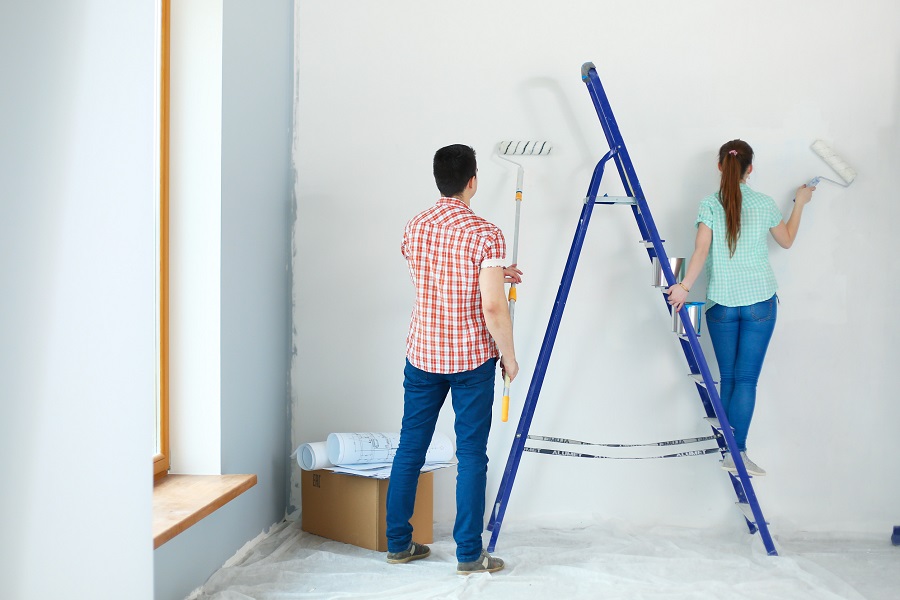 One of the simplest and most cost-effective ways to transform any room is with a fresh coat of paint. Choose modern, neutral colors to create a more spacious feel, or opt for bold shades to make certain features stand out. For less than $100, you can buy enough paint to cover a large room, instantly refreshing outdated or worn walls.
One of the simplest and most cost-effective ways to transform any room is with a fresh coat of paint. Choose modern, neutral colors to create a more spacious feel, or opt for bold shades to make certain features stand out. For less than $100, you can buy enough paint to cover a large room, instantly refreshing outdated or worn walls.
2. Update Hardware and Fixtures
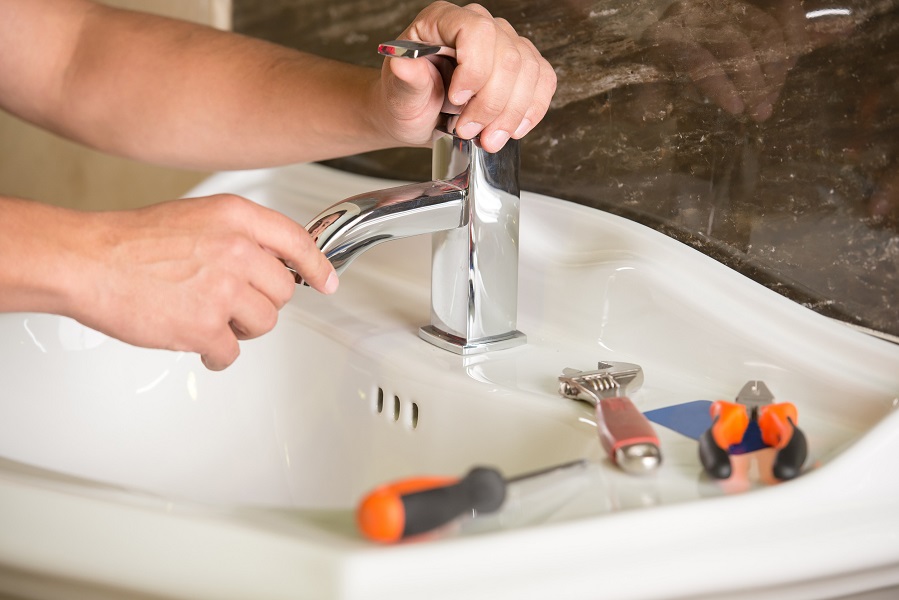 Replacing old, dated hardware on cabinets and drawers can make a kitchen or bathroom look new again. Similarly, updating light fixtures, door handles, and curtain rods can add modern touches throughout your home. These small changes to upgrade your home are usually simple DIY projects that can have a big impact on the overall look of your space.
Replacing old, dated hardware on cabinets and drawers can make a kitchen or bathroom look new again. Similarly, updating light fixtures, door handles, and curtain rods can add modern touches throughout your home. These small changes to upgrade your home are usually simple DIY projects that can have a big impact on the overall look of your space.
3. Enhance Curb Appeal
 Improving your home’s exterior can be both simple and affordable. Consider painting your front door a striking color, adding new house numbers, or installing a stylish mailbox. Adding potted plants or window boxes can also beautify your entrance and make it more welcoming without requiring a significant investment.
Improving your home’s exterior can be both simple and affordable. Consider painting your front door a striking color, adding new house numbers, or installing a stylish mailbox. Adding potted plants or window boxes can also beautify your entrance and make it more welcoming without requiring a significant investment.
4. DIY Backsplash
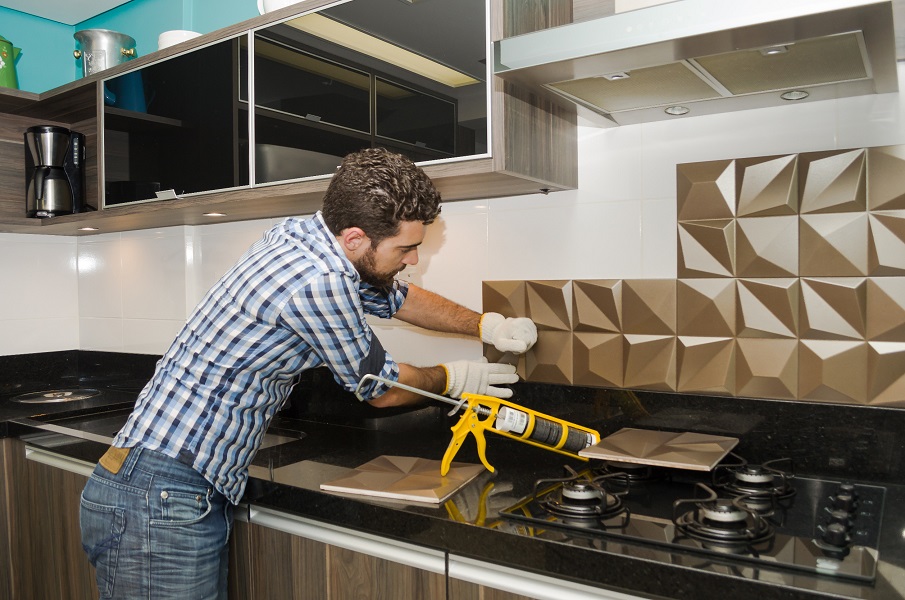 Adding or updating a backsplash in your kitchen is a great way to upgrade your home. Peel-and-stick backsplash tiles are available at most home improvement stores and can mimic the look of more expensive materials like glass or ceramic tile. This is a particularly effective upgrade if you’re looking to sell your home, as it adds a touch of modern sophistication.
Adding or updating a backsplash in your kitchen is a great way to upgrade your home. Peel-and-stick backsplash tiles are available at most home improvement stores and can mimic the look of more expensive materials like glass or ceramic tile. This is a particularly effective upgrade if you’re looking to sell your home, as it adds a touch of modern sophistication.
5. Upgrade Window Treatments
 Replacing old blinds or curtains with new window treatments can change the light dynamics and appearance of a room. Consider using light, airy curtains to let more natural light in or choose thermal curtains to help insulate your home and reduce heating and cooling costs.
Replacing old blinds or curtains with new window treatments can change the light dynamics and appearance of a room. Consider using light, airy curtains to let more natural light in or choose thermal curtains to help insulate your home and reduce heating and cooling costs.
6. Smart Storage Solutions
 Adding additional storage can significantly increase the functionality of your home. Consider installing shelves in empty corners or adding organizers inside cabinet doors to maximize space. Attractive baskets can also be a great way to hide clutter and organize items in living areas, bathrooms, and bedrooms.
Adding additional storage can significantly increase the functionality of your home. Consider installing shelves in empty corners or adding organizers inside cabinet doors to maximize space. Attractive baskets can also be a great way to hide clutter and organize items in living areas, bathrooms, and bedrooms.
7. Refresh Your Flooring
 If your carpets are looking dated or worn, consider investing in high-quality carpet tiles that you can install yourself. For a more industrial look, you might also consider painting your concrete floors. Area rugs can be another economical option to cover imperfections and add warmth to any room.
If your carpets are looking dated or worn, consider investing in high-quality carpet tiles that you can install yourself. For a more industrial look, you might also consider painting your concrete floors. Area rugs can be another economical option to cover imperfections and add warmth to any room.
8. Add Crown Molding
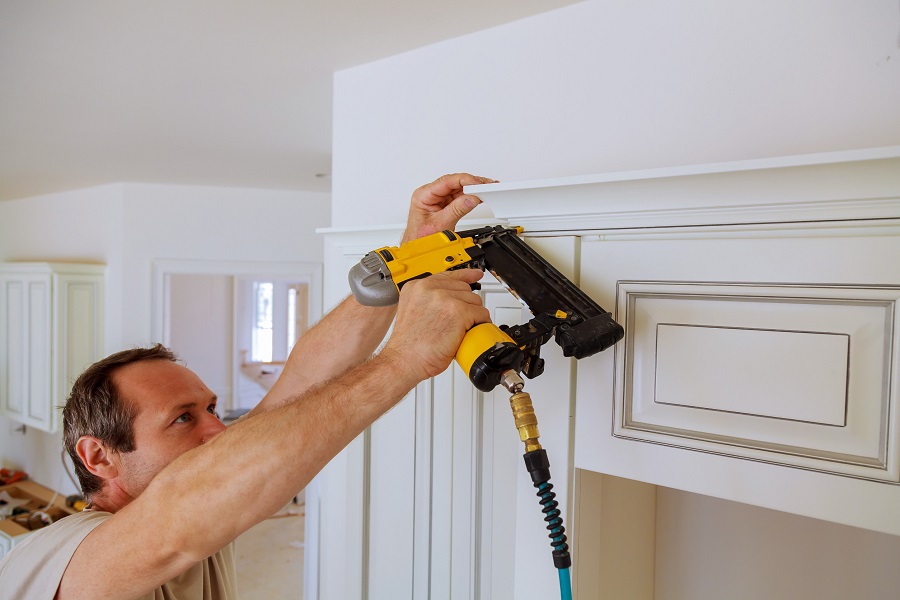 Installing crown molding can add charm and value to your home. It creates visual interest and frames the ceiling, offering a high-end look without the high-end price tag, especially if you choose materials like painted polystyrene foam, which is cost-effective and easy to install.
Installing crown molding can add charm and value to your home. It creates visual interest and frames the ceiling, offering a high-end look without the high-end price tag, especially if you choose materials like painted polystyrene foam, which is cost-effective and easy to install.
9. Energy-Efficient Upgrades
 Switching to LED lighting, installing water-saving fixtures, or adding programmable thermostats can cut down on your utility bills and appeal to eco-conscious buyers if you’re considering selling in the future. These upgrades can often pay for themselves over time through savings on your energy bills.
Switching to LED lighting, installing water-saving fixtures, or adding programmable thermostats can cut down on your utility bills and appeal to eco-conscious buyers if you’re considering selling in the future. These upgrades can often pay for themselves over time through savings on your energy bills.
10. Create an Outdoor Living Space
 Maximize your backyard or patio by turning it into an additional living space with outdoor seating, a fire pit, or a dining area. Outdoor furniture can be found at a reasonable price online or at end-of-season sales, making this an affordable way to extend your living space.
Maximize your backyard or patio by turning it into an additional living space with outdoor seating, a fire pit, or a dining area. Outdoor furniture can be found at a reasonable price online or at end-of-season sales, making this an affordable way to extend your living space.
11. Repurpose Furniture
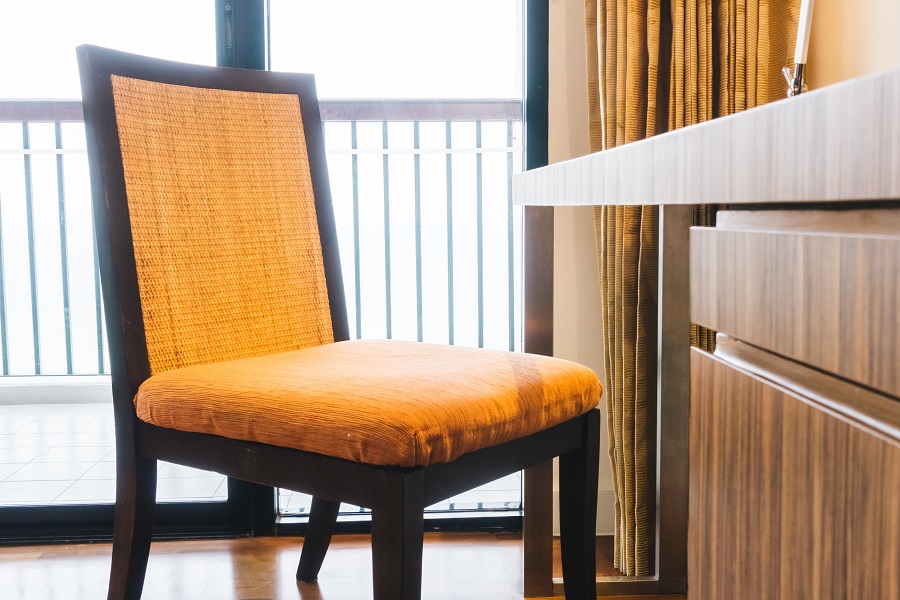 Instead of buying new furniture, try repurposing or refinishing what you already have. A new coat of paint or new upholstery can completely change the look of an old piece. This not only saves money but also adds a personalized touch to your decor.
Instead of buying new furniture, try repurposing or refinishing what you already have. A new coat of paint or new upholstery can completely change the look of an old piece. This not only saves money but also adds a personalized touch to your decor.
12. Regular Maintenance
 Regularly maintaining your home can prevent costly repairs down the line. Simple tasks like cleaning gutters, checking for leaks, and maintaining appliances can extend their life and improve their efficiency, saving money in the long term.
Regularly maintaining your home can prevent costly repairs down the line. Simple tasks like cleaning gutters, checking for leaks, and maintaining appliances can extend their life and improve their efficiency, saving money in the long term.
Smart, Affordable Home Upgrades
 By implementing these tips, you can upgrade your home in meaningful ways without spending a fortune. Each of these ideas offers a cost-effective solution to improving both the aesthetics and functionality of your home, making it a more enjoyable place to live while potentially increasing its market value. Remember, a beautiful home doesn’t have to come with a hefty price tag—sometimes, the most effective upgrades are also the most affordable.
By implementing these tips, you can upgrade your home in meaningful ways without spending a fortune. Each of these ideas offers a cost-effective solution to improving both the aesthetics and functionality of your home, making it a more enjoyable place to live while potentially increasing its market value. Remember, a beautiful home doesn’t have to come with a hefty price tag—sometimes, the most effective upgrades are also the most affordable.

Toi Williams began her writing career in 2003 as a copywriter and editor and has authored hundreds of articles on numerous topics for a wide variety of companies. During her professional experience in the fields of Finance, Real Estate, and Law, she has obtained a broad understanding of these industries and brings this knowledge to her work as a writer.
